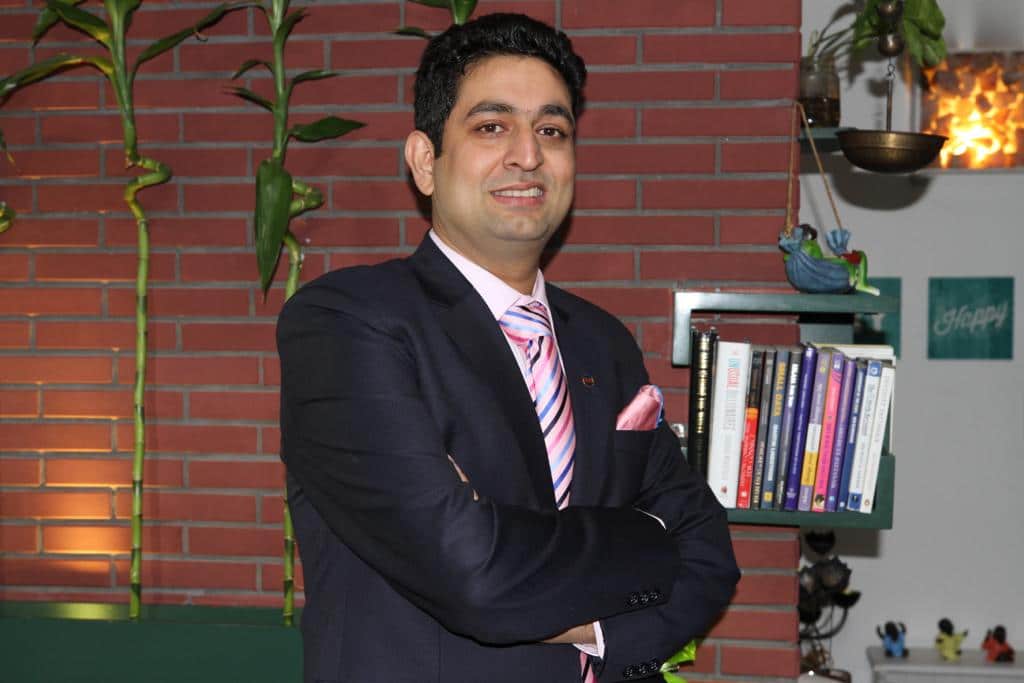Written by: Manav Kapur, Executive Director, Steelbird International
When Wuhan in China becomes the epicentre of Coronavirus, the crisis brought a watershed moment for the automobile sector of India, which outsources various components from the world’s largest manufacturing hub.
India is the prosperous abode of USD 100-billion automotive industry; the fourth-largest in the world and an employer to more than 32 million people. The sector contributes to almost 7.5 per cent to the country’s overall GDP, and it has around 50 per cent share in the manufacturing sector. Due to its significant importance in Indian Economy and a huge potential which is still untapped, Government also acknowledges the importance of this sector, and that’s why it is counted among 13 priority sectors under the Make in India 2.0 programme. Unfortunately, due to various macroeconomic factors, this sector went through a tough phase in 2019, and when the situation improved a bit, another jolt has disturbed it. This time, it is the Coronavirus challenging the immunity of India’s automotive sector.
Alike so many other countries which are known for producing automobiles at mass scale and import various parts from the world’s manufacturing capital, China, Indian too rely on offshore manufacturing companies. India imports alloy wheels, electronic components, bearings, et al., worth $17.5 billion from China, which accounts for almost 27 per cent total components used annually in this sector. Eventually, domestic prices of several parts rose to 40 per cent amidst this pandemic, which is not good for the already struggling sector. But, this time, global as well as Indian companies have learnt a meaningful lesson to get themselves protected against such contingencies in the future.
Industry players realised that they are over-dependent on China to procure components at affordable cost and any environmental, political, or socio-economic disturbance in the region may badly affect the sector, all of a sudden. So, a number of international and domestic brands in the sector are planning to invest in India’s growing component sector and want to improve its capacity and quality through long-term business support and advanced R&D. Thereby, it wouldn’t be wrong to say that the crisis emerged as a blessing in disguise to many domestic auto component players to showcase their competency in meeting the current market demands. If they got succeed in getting the favour of international original equipment manufacturers (OEMs), soon, India will be the leading exporter of auto-components to Europe, the Americas, Australia, and Africa.
The way the Indian automotive sector dealt with the Coronavirus is appreciated by many auto giants. When the virus became a grave concern for automobile industries all over the world, India could resist it to a great extent. Though domestic prices of several components rose up to 40 per cent amidst this pandemic, the overall effect was not very much damaging to OEMs in India. And, everyone knows that due to a robust auto-components sector, which is growing steadily at 10.6 per cent (CAGR) has enough potential to not only suffice the internal demand but external demand as well. The sector which reached to USD 56.2 billion in FY19 is continuously extended its presence in overseas markets, too.
During a five-year period between (2014-19) India’s exports increased 8.34 per cent (CAGR), and country’s revenue from the exports of auto-components reached to USD 15.17 billion in FY19, while it was USD 10.16 billion in FY14. Based on this trend, the Automotive Component Manufacturers Association of India (ACMA) is expected to achieve a turnover of US$ 100 billion by the final quarter of 2020. Moreover, this growth trajectory defines that many global automobile companies find India a better substitute for importing components. If the Government of India introduces some lenient taxation policies by reducing GST and ensures smooth financial liquidity in the market for swift operations in small and medium-sized businesses, Indian auto-component companies have enough competency level to lead in the world automobile market.
*The views expressed by the authors are their personal opinions and do not necessarily reflect the views of the ACI magazine.









Leave a Reply